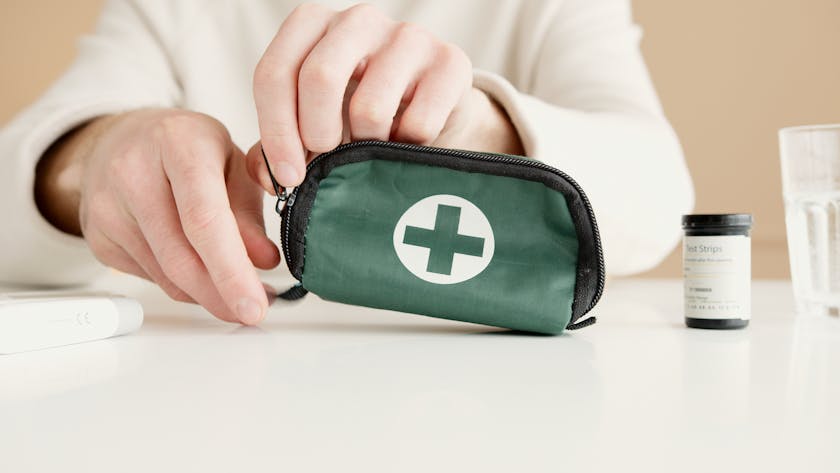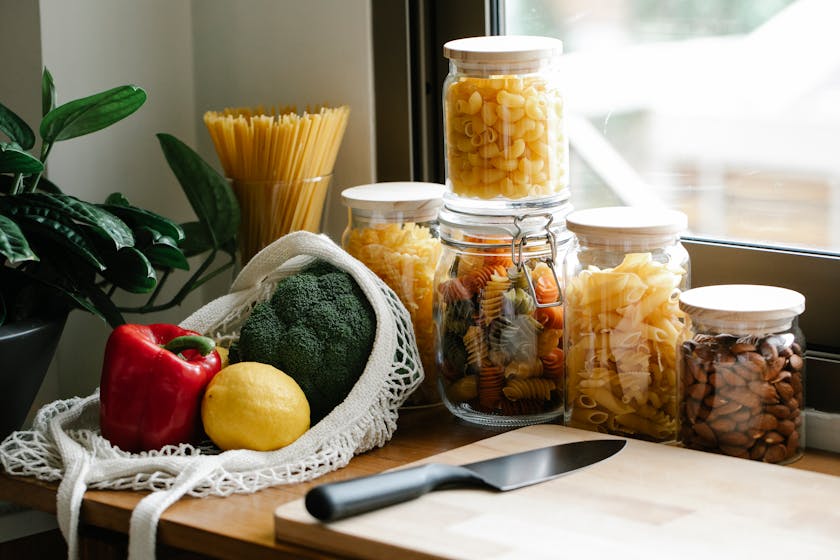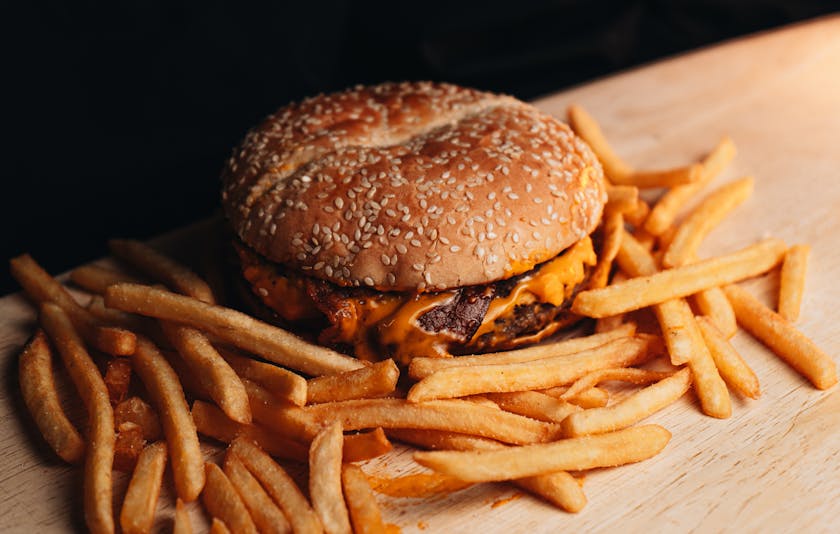When considering bulk meal storage for emergency preparedness, planning is key. Whether you’re a seasoned prepper or new to the idea of having a stash of meals for unforeseen circumstances, understanding the best practices for storing food in bulk can save you time, money, and stress. Here’s how to embark on once-a-month cooking and safely store your bounty for when you might need it most.
Understanding the Importance of Bulk Meal Storage
Bulk meal storage is more than just stockpiling random cans from the grocery store; it’s a strategic approach to ensure you and your family have access to nutritious meals during emergencies. Power outages, natural disasters, or even personal financial crises can disrupt your ability to cook and shop as usual. Having a variety of meals that are easy to prepare, with a long shelf life, can be a lifesaver.
Strategizing Your Meal Prep
Before you start cooking in bulk, consider your family’s dietary needs and preferences. Think about the balance of macronutrients, the inclusion of fruits and vegetables, and any dietary restrictions. Once you have a clear idea of what meals will work best, you can start planning your cooking sessions.
Selecting the Right Recipes for Once-a-Month Cooking
Not all recipes are suitable for bulk meal storage. You’ll want to focus on dishes that freeze well and maintain their texture and flavor upon reheating. Casseroles, stews, soups, and marinated meats are excellent options. Be sure to avoid recipes that include ingredients that don’t freeze well, such as mayonnaise or cream-based sauces.
Packing and Storing Your Meals
Proper storage is crucial for maintaining the safety and quality of your meals. Use airtight containers or vacuum-sealed bags to prevent freezer burn and extend the shelf life of your food. Clearly label each container with the date and contents to help rotate your stock and use the oldest meals first.
Freezer Organization for Easy Access
Organize your freezer in a way that makes it easy to find what you need. Group similar meals together and keep a written inventory of what’s in your freezer. This will help you avoid unnecessary waste and ensure you’re using your resources effectively.
Thawing and Reheating Your Stored Meals
When it’s time to use your stored meals, plan ahead. Thaw your food in the refrigerator rather than at room temperature to prevent the growth of harmful bacteria. When reheating, ensure that the meal reaches an internal temperature of 165°F (74°C) to ensure it’s safe to eat.
Long-Term Considerations for Bulk Meal Storage
While freezing can keep food safe for a considerable amount of time, it’s not the solution for long-term emergency preparedness. For periods extending beyond a month, consider incorporating other preservation methods such as canning, dehydrating, or purchasing commercially prepared freeze-dried meals. These methods can extend the shelf life of your food from years to decades, depending on the technique and storage conditions.
Maintaining Nutritional Value
It’s important to ensure that your emergency food supply is not just calorie-dense but also nutritionally balanced. Include a variety of vitamins and minerals in your meal planning to promote overall health during stressful times when you might be relying on your stored food.
By following these guidelines for once-a-month cooking and bulk meal storage, you can create a reliable emergency food supply that will be ready when you need it. Remember to review your stock periodically, replenishing and rotating items to maintain freshness and nutritional value.




